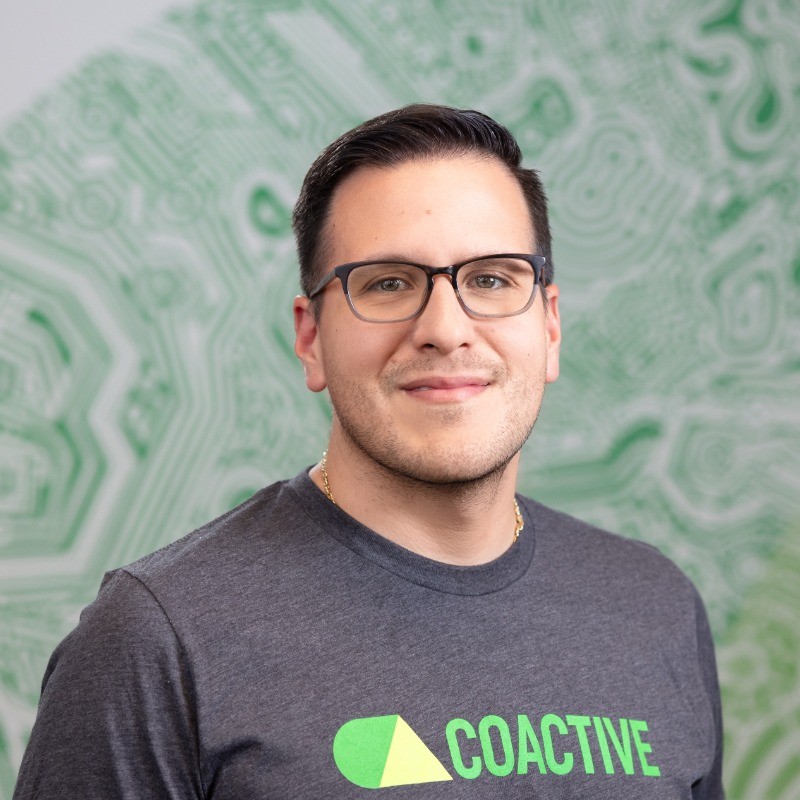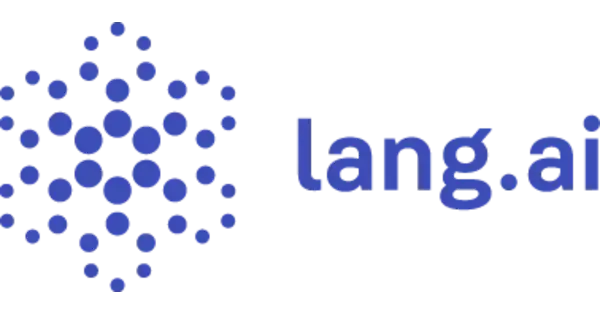Ready to launch your own podcast? Book a strategy call.
Frontlines.io | Where B2B Founders Talk GTM.
Strategic Communications Advisory For Visionary Founders
Conversation
Highlights
How Voxel51 Built a Developer-First Open Source Strategy to Transform AI Infrastructure
Building infrastructure for AI development isn’t sexy. As Jason Corso, Chief Scientist and co-founder of Voxel51 puts it, “It’s not like a sexy thing like data set quality or whatever, but we think of it as critical. Like roadways in American cities are not sexy either, but you need them to get around.”
This pragmatic approach to solving fundamental AI development challenges has guided Voxel51’s journey from academic research to commercial product. Their story offers valuable lessons for technical founders navigating the transition from deep expertise to product-market fit.
Finding the Right Problem to Solve
The company’s initial vision wasn’t about infrastructure at all. In 2016, Corso and his co-founder Brian Moore started with a consulting model, building custom video understanding systems for clients like the Baltimore City Police Department. But they quickly hit a wall.
“When it came time to go and sign a long term production, like, let’s get some business intelligence or production value out of this video understanding system, the users just weren’t ready,” Jason explains. “For every vertical we went into, we had to spend months getting data, labeling the data, like training models on it, and then were able to get insights. It really didn’t generalize that well.”
This experience revealed a deeper problem: the tools they were building internally to manage their consulting work were actually more valuable than the custom solutions they were delivering. Instead of forcing a market that wasn’t ready, they pivoted to meet developers where they were.
The Power of Open Source Distribution
Rather than taking the traditional SaaS route, Voxel51 made a bold decision to release their core technology as open source. “We ultimately decided to go with an open source, go to market strategy,” Jason shares. “We did this for a few reasons. One reason was we really believe in having a kind of like an educational impact on the best practices in the unstructured AI space.”
This wasn’t just about altruism – it was strategic. As Jason explains, “I just think it’s so important to understand how users of your technology use the technology, which may not be the way you think you expected them to use the technology. It is so valuable and you’re going to get that feedback very rapidly if you engage the open source community.”
The initial traction was modest. “In the first months, we had like 20 weekly active users was like a big number for us,” Jason recalls. The breakthrough came through strategic integrations: “We really began to cultivate integrations with leading datasets. Like, we are the preferred mechanism for accessing a dataset called Google open images.”
Building Trust Through Authenticity
In an industry often dominated by hype, Voxel51 took a different approach. “We never talk about vaporware. We never promise things in our customer discussions,” Jason emphasizes. “We were very careful to build that trust in that relationship over time.”
This authenticity extended to their marketing strategy. Rather than creating generic landing pages, they focused on technical documentation and real capabilities. “Nowadays if you look at our website, it’s a very technical website, many links to the documentation directly. There aren’t many like these ‘workflow x’ or ‘workflow y’ landing pages.”
The Future of AI Infrastructure
Voxel51’s vision extends beyond just providing tools. They see a future where AI development becomes more dynamic and feedback-driven. “The future of AI that Voxel will support is this world of data apps that are constantly evolving and thriving and connecting engineers who are sharing workflows and working on co-development of models and data sets… with their end users through these apps and then getting the feedback over the long haul.”
For founders building in the AI infrastructure space, Jason emphasizes that while open source might not show immediate returns, it’s a powerful long-term strategy: “I think that if you can do open source as a go to market strategy in this, anything related to the AI space, I think it will pay its dividends, maybe not immediately, but in the long term.”
Actionable
Takeaways
Leverage Academic Expertise for Market Impact:
Jason's transition from academia to entrepreneurship underscores the value of applying research and domain knowledge to solve real-world problems. Founders in the tech space, particularly in AI, should consider how their academic or research background can provide a unique foundation for addressing industry challenges and creating innovative solutions.
Pivoting Based on Market Feedback is Crucial:
The initial pivot from consulting to developing developer tools for video understanding highlights the importance of listening to the market and being willing to change direction when the original business model doesn't resonate with potential customers. This adaptability is crucial for finding product-market fit.
Open Source as a Growth Catalyst:
Adopting an open-source go-to-market strategy allowed Voxel 51 to build a community, validate their product, and lay the groundwork for commercial relationships. Founders should evaluate how open-source models can accelerate growth, especially in markets where community engagement and developer adoption are key.
Aligning Founder Roles with Company Evolution:
The repositioning of founder roles to better align with the company's growth phase and strategic focus points to the importance of leveraging individual strengths and passions. Founders should be open to evolving their roles within the company to maximize impact as the business scales.
Educating the Market and Creating a New Category:
Voxel 51's journey involved not only developing a new product but also educating the market and establishing a new category around data set management and workflow management systems. Founders entering emerging or undefined markets should be prepared to invest in market education and category creation as part of their growth strategy.





























































































